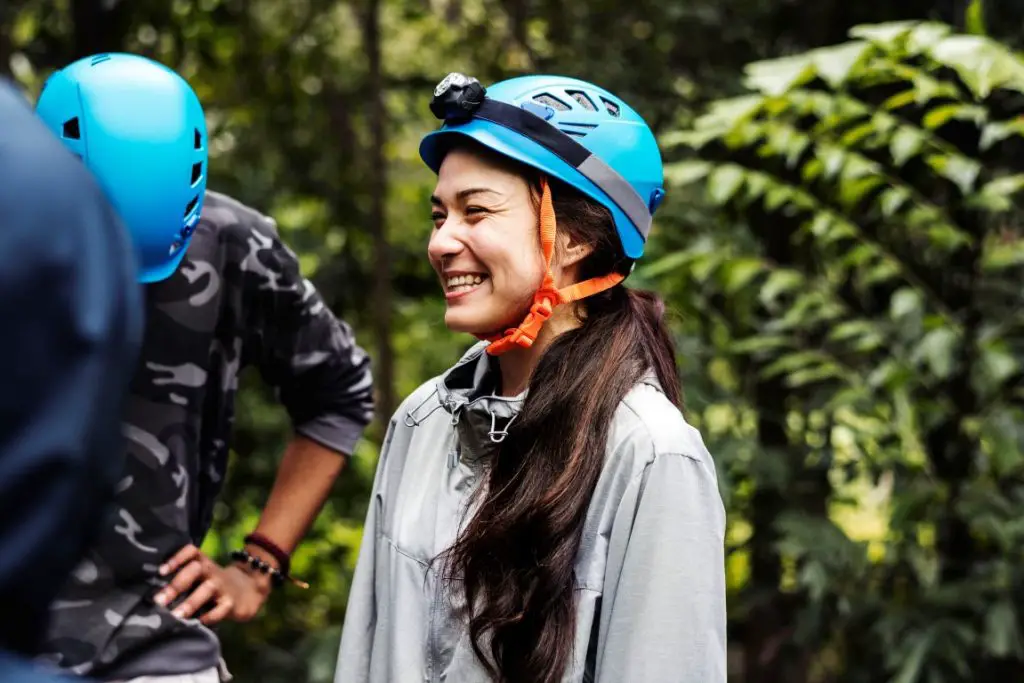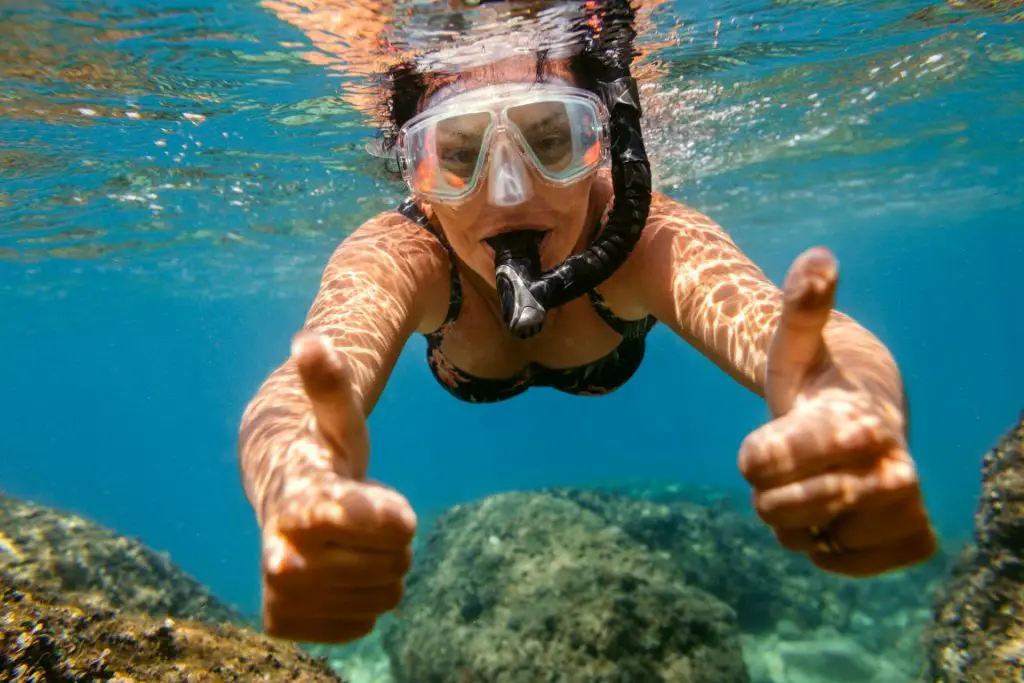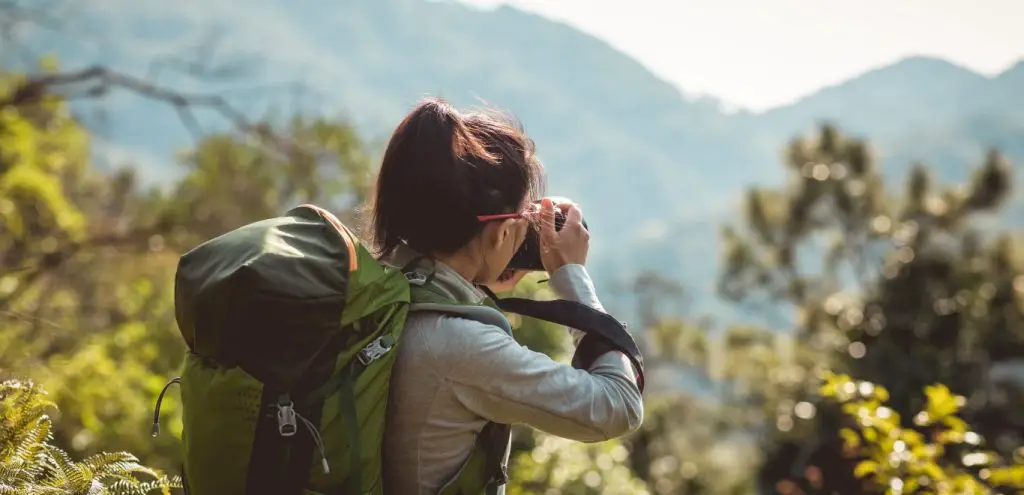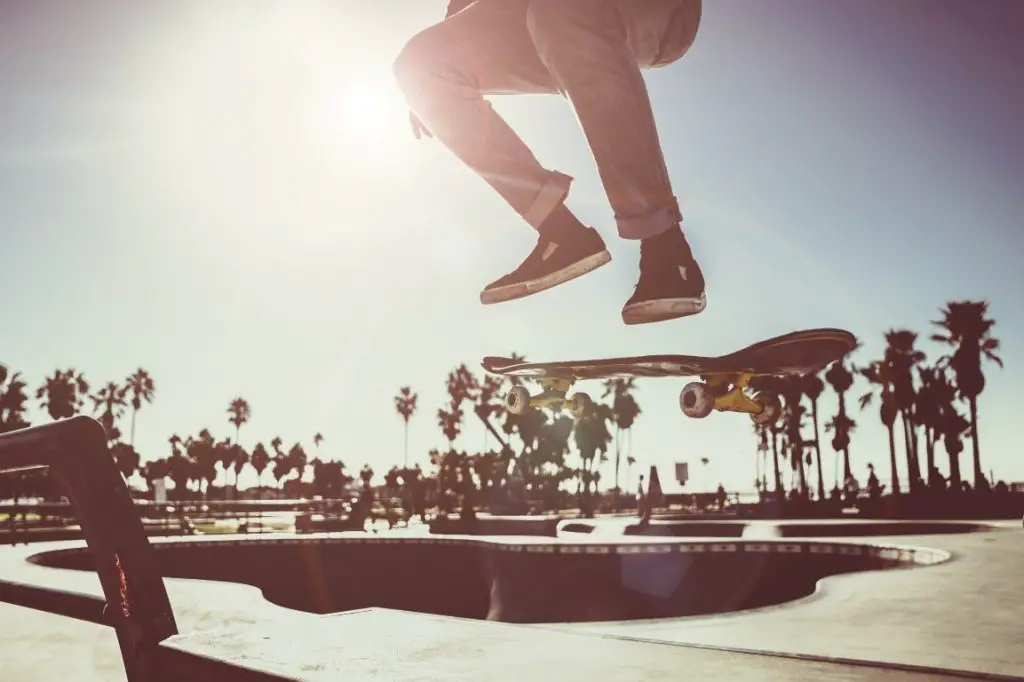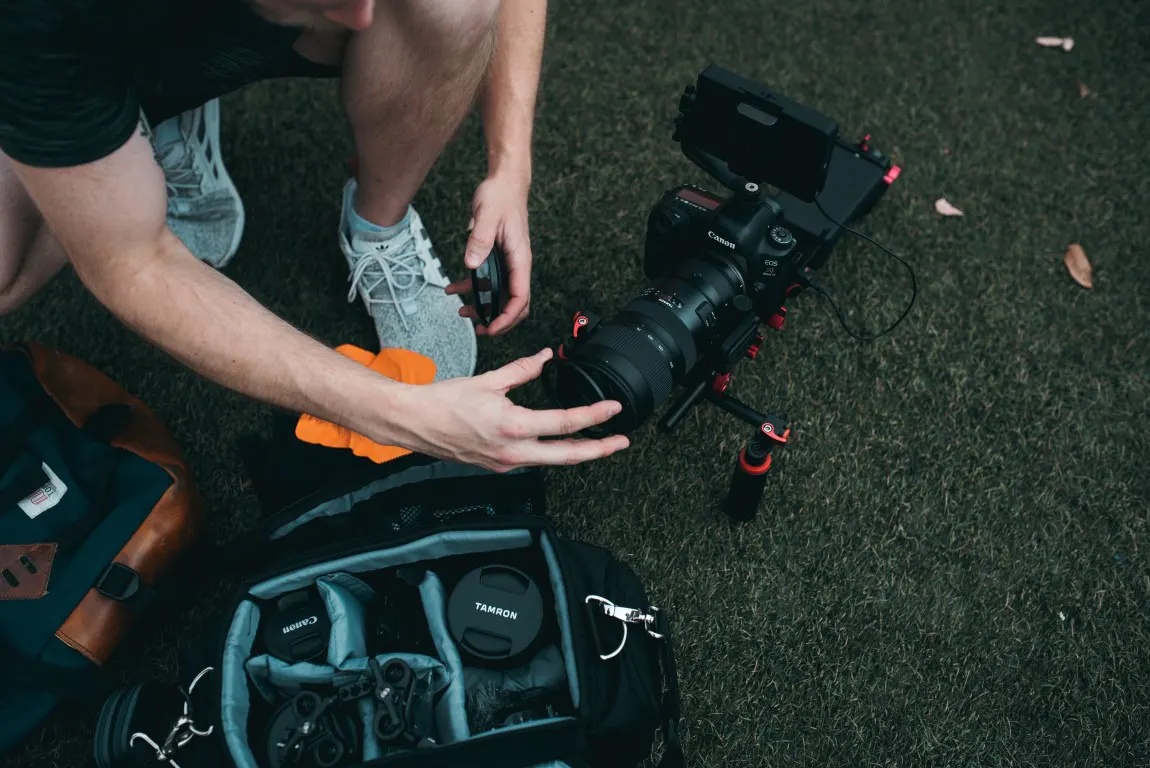
Embarking on the thrilling journey of hiking photography requires more than just passion; it demands the right hiking photography gear.
In this article, I’ll guide you through the must-have equipment for your next trail, exploring the realms of cameras, lenses, tripods, and more, to enhance your outdoor photography adventurous experience.
Let’s dive in to discover the essentials for capturing nature’s finest moments in all their glory!
Why the Right Gear Matters in Hiking Photography
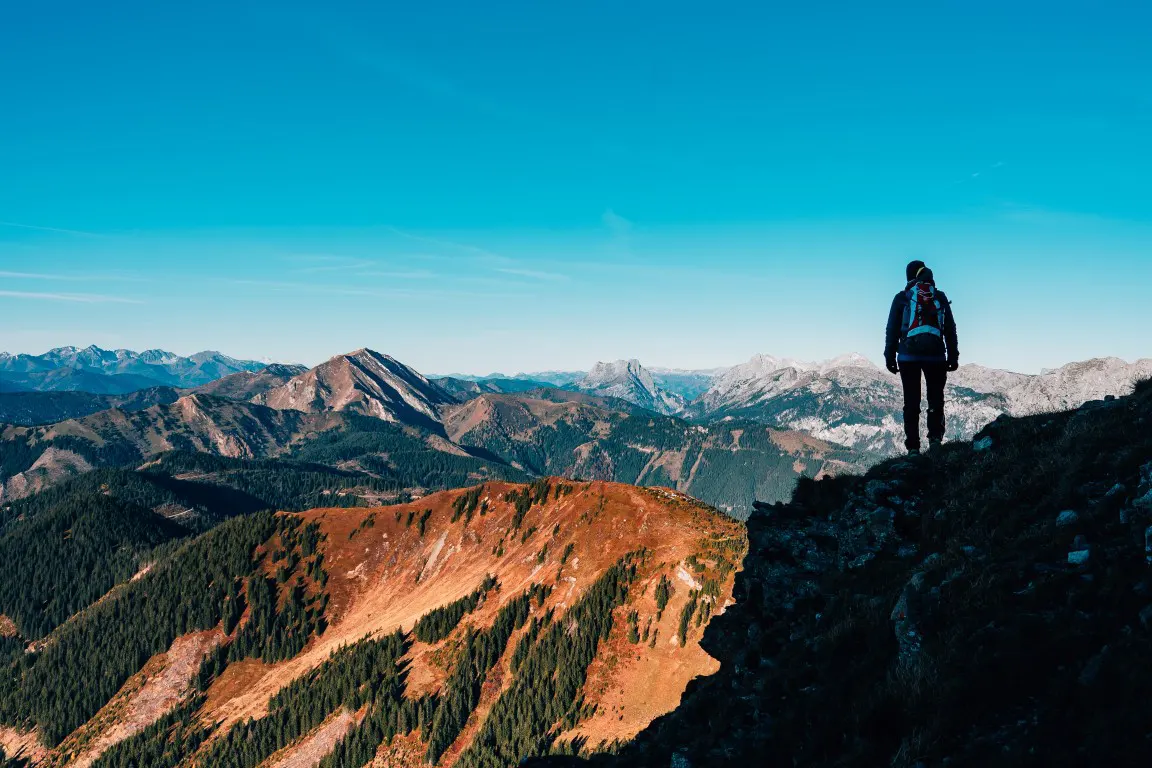
In the realm of hiking photography, the significance of having the proper gear cannot be overstated.
Your equipment serves as the bridge between your creative vision and the finished photograph, and having the right tools can vastly improve your results.
According to a study published by the University of Visual Arts, there is a direct correlation between the quality of photography gear and the outcome of the images captured. The research highlighted that high-quality gear can provide greater control over photographic elements, such as focus, exposure, and depth of field.
Therefore, investing in proper hiking photography gear can significantly elevate the quality of your work, transforming your creative vision into stunning photographic realities.
What Gear Do You Need for Hiking?
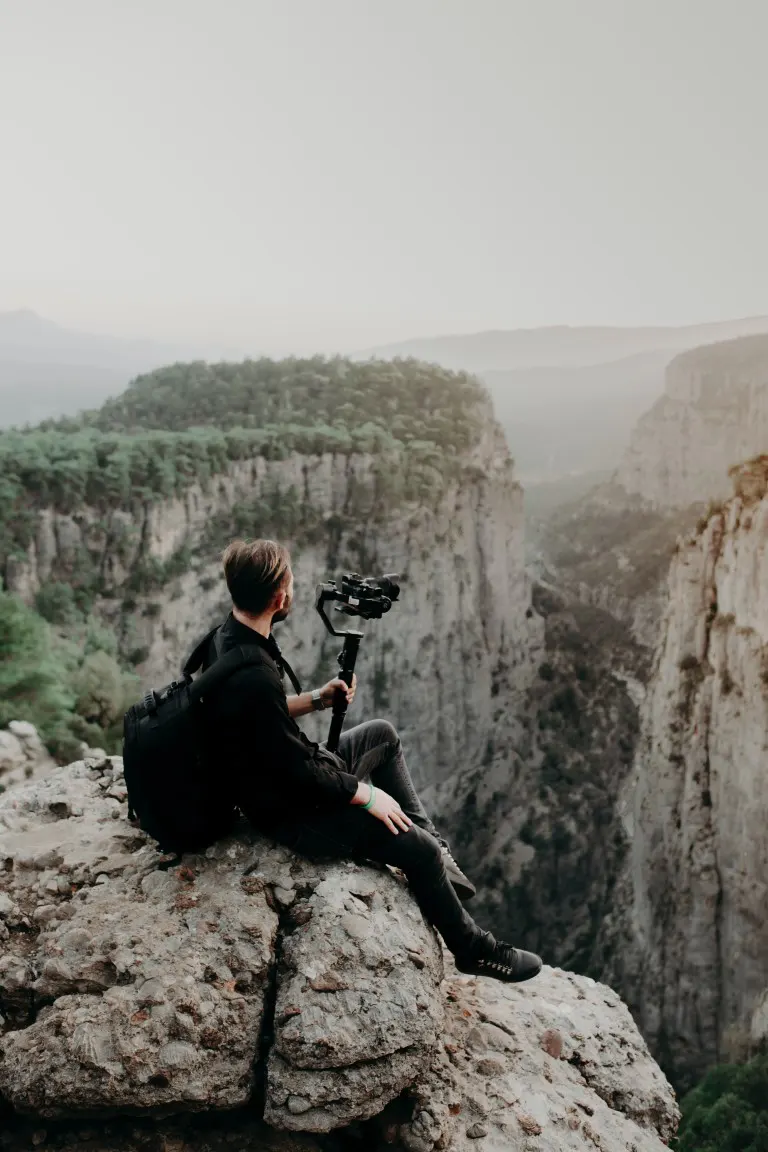
Planning for a hiking photography excursion begins with a checklist of essential gear.
- Camera: A robust camera tailored to your needs is crucial. This could be a DSLR, a mirrorless camera, or a compact point-and-shoot.
- Lenses: Lenses are vital for capturing diverse perspectives. Wide-angle, telephoto, and prime lenses each offer unique capabilities.
- Tripod: A sturdy, lightweight tripod is indispensable for achieving sharp, stable images.
- Filters: Filters such as UV, polarizing, and neutral density filters can greatly enhance the quality and versatility of your shots.
- Camera Backpack: A specially designed camera backpack is key for comfortably and securely storing and transporting your gear.
- Additional Tools: Other essentials include cleaning kits, spare batteries, and extra memory cards. These items ensure that you’re prepared for any situation on the trail.
Each piece of gear contributes to the success of your hiking photography adventure, let’s take a deeper look at each one.
Best Camera for Hiking Photography
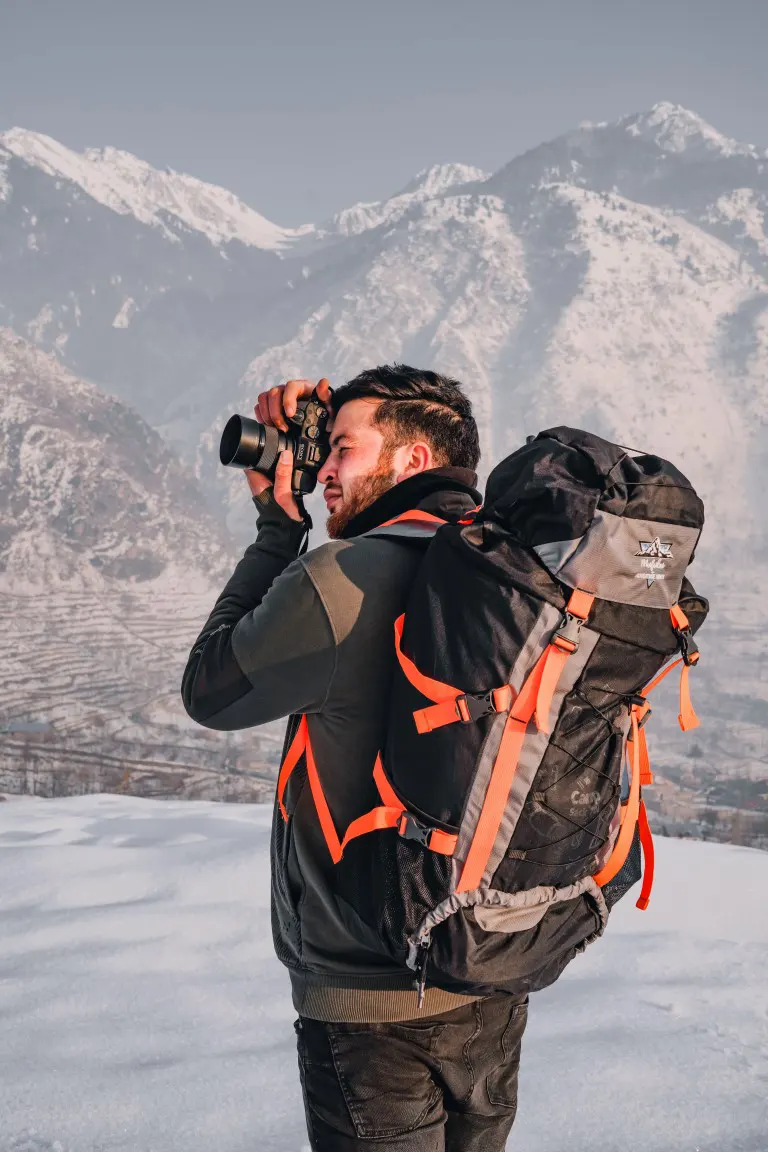
When embarking on a hiking photography journey, the best camera is your most trusted companion.
Choosing the right camera can be pivotal in capturing stunning images that do justice to the majesty of nature. Based on my personal experience and the best shots I have captured, I recommend the following cameras for hiking and mountaineering photography.
1. Olympus OM-D E-M5 Mark III
The Olympus OM-D E-M5 Mark III is a well-rounded and portable-size camera that has always been my top choice for hiking.
It boasts the latest 20MP MFT sensor, outstanding brightness control capabilities, and excellent stabilization. Additionally, its weather-sealed body ensures durability and reliability in my outdoor photography.
2. Fujifilm X-T4
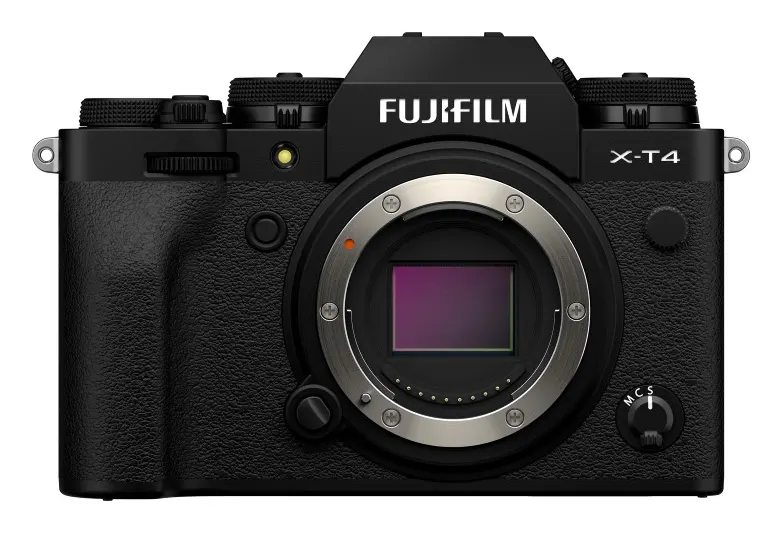
Source: shopusa.fujifilm-x.com
I picked the Fujifilm X-T4 camera because of its robust weather-sealed body, excellent image quality, and distinctive color profiles.
It’s lightweight and compact, making it an excellent choice for those who want to pack light.
3. Canon PowerShot G1 X Mark III
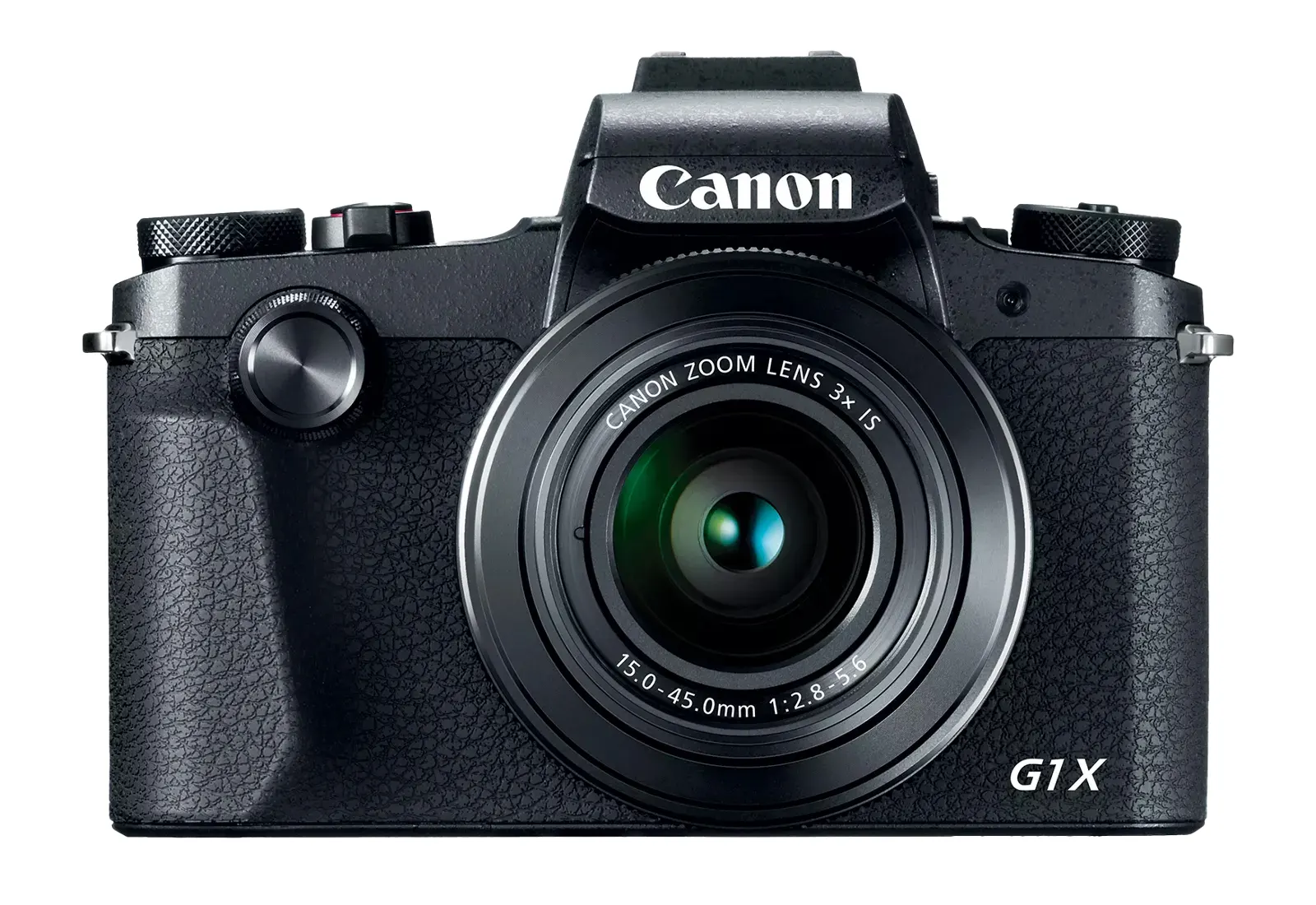
Source: usa.canon.com
If you want a high-quality point-and-shoot camera, Canon PowerShot G1 X Mark III is an excellent option.
It has an APS-C sensor, a rarity in compact cameras Additionally, its great image quality and versatile zoom range will assist me in capturing detailed shots on my hiking trail.
Instead of the recommended cameras, you have many other options. However, the best one depends on your needs and preferences.
From DSLRs that offer unparalleled control over settings, to lightweight mirrorless cameras that don’t compromise on image quality.
Compact point-and-shoot cameras are ideal for beginners, and trail cameras are designed specifically for wildlife and nature observation, each type serves different needs.
Ultimately, the best hiking camera will strike a balance between your photographic needs, hiking conditions, and budget.
If you’re budget-conscious, don’t fret; the best budget camera for hiking doesn’t necessarily mean sacrificing quality. Check out my previous article on the best budget camera for hiking and backpacking for a comprehensive buyer’s guide.
What Lenses are Best Suited for Hiking?
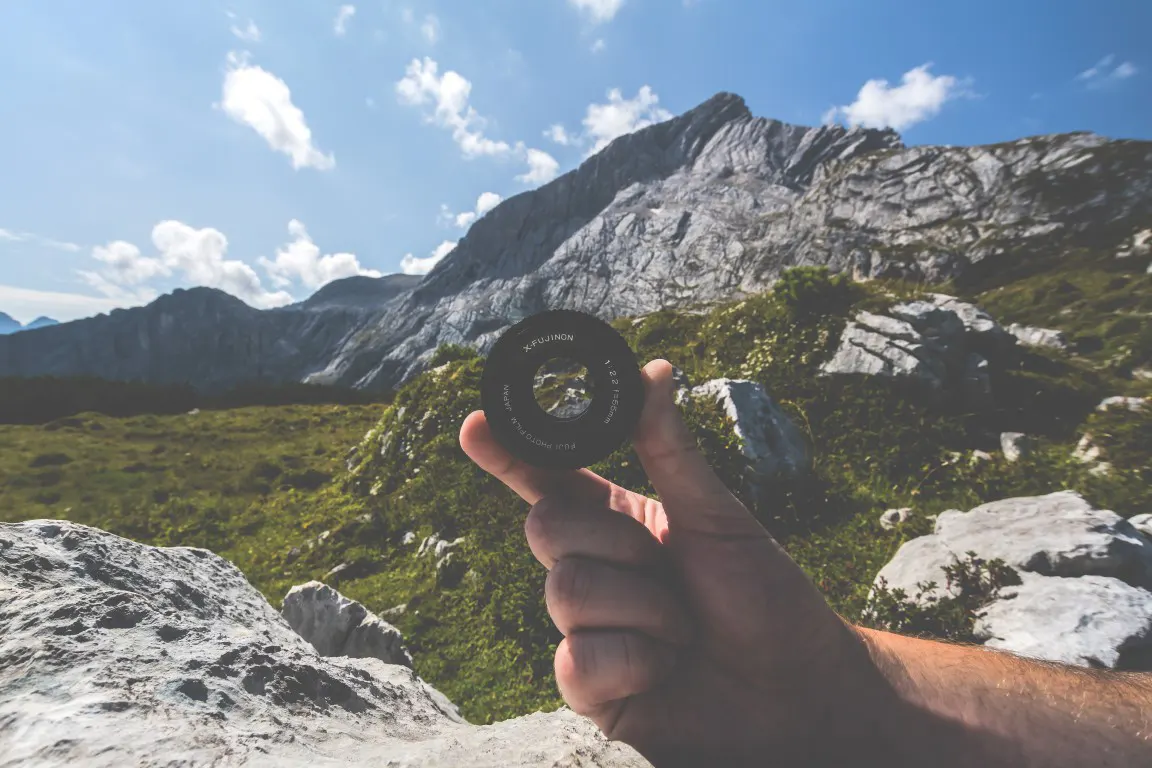
The ideal hiking lens will vary depending on the subjects you plan to photograph and the conditions you expect to encounter on the trail.
Here are a few lenses that are well-suited to the rigours and photographic opportunities of hiking.
1. Wide-Angle Lenses for Hiking Photography
Wide-angle lenses are ideal for capturing sweeping landscapes, giving a sense of grandeur to your images on your hiking shoot.
It offers a broad view and emphasizes the sense of space and depth, giving viewers a full experience of the scene.
So, the Sigma 10-20mm f/3.5 EX DC HSM, Canon EF 16-35mm f/2.8L III USM, and Nikon AF-S NIKKOR 14-24mm f/2.8G ED lenses can be recommended as my top choices for shooting landscape shots during hiking.
2. Which Telephoto Lenses Are Most Suited for Hiking
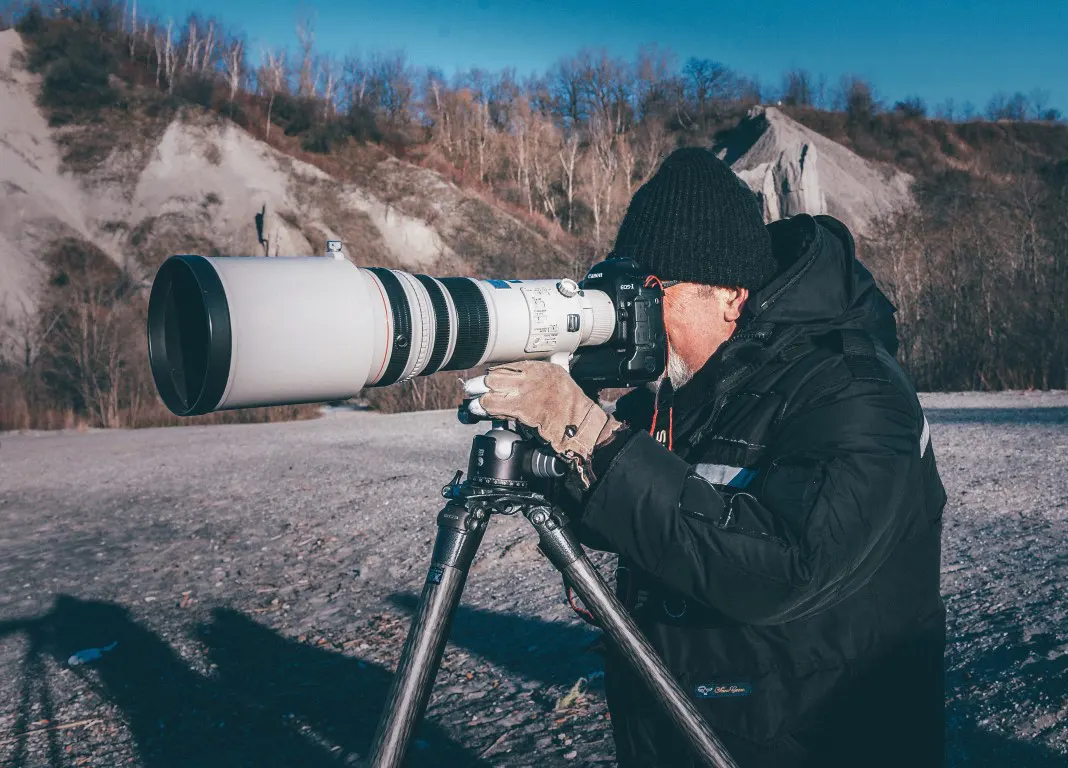
On the other hand, telephoto lenses are perfect for isolating distant subjects like wildlife or mountain peaks while hiking.
Its narrow field of view and zoomed-in image helped me capture details and moments missed with a standard or wide-angle lens.
I recommend the Canon EF 70-200mm f/2.8L IS III USM, Nikon AF-S NIKKOR 70-200mm f/2.8E FL ED VR, and Sony FE 70-200mm f/2.8 GM OSS as the best choices for hiking.
However, telephoto lenses tend to be heavier and bulkier than other lenses.
3. Best Prime Lens for Hiking
Prime lenses, known for their superior image quality and wider apertures, can be useful to capture exquisite details.
A 50mm prime lens is versatile and can be particularly useful for portraits or detailed shots.
Besides, the Canon EF 50mm f/1.2L USM, Nikon AF-S NIKKOR 50mm f/1.8G, and Sony FE 55mm F1.8 ZA Sonnar T make perfect shots for hiking, my top prime lens choices.
However, when picking a lens for my hiking shoot, I always pay attention to weight and weather sealing conditions.
Besides, I believe you have already read the article on what lens is best for hiking.
What will Your Third Hand on Hiking Photography?

Navigating the wilderness for the perfect shot calls for smart equipment choices.
So, if you’re wondering about what your essential tools on the trail will be, they are the tripod, camera strap, and camera mount.
1. Tripod
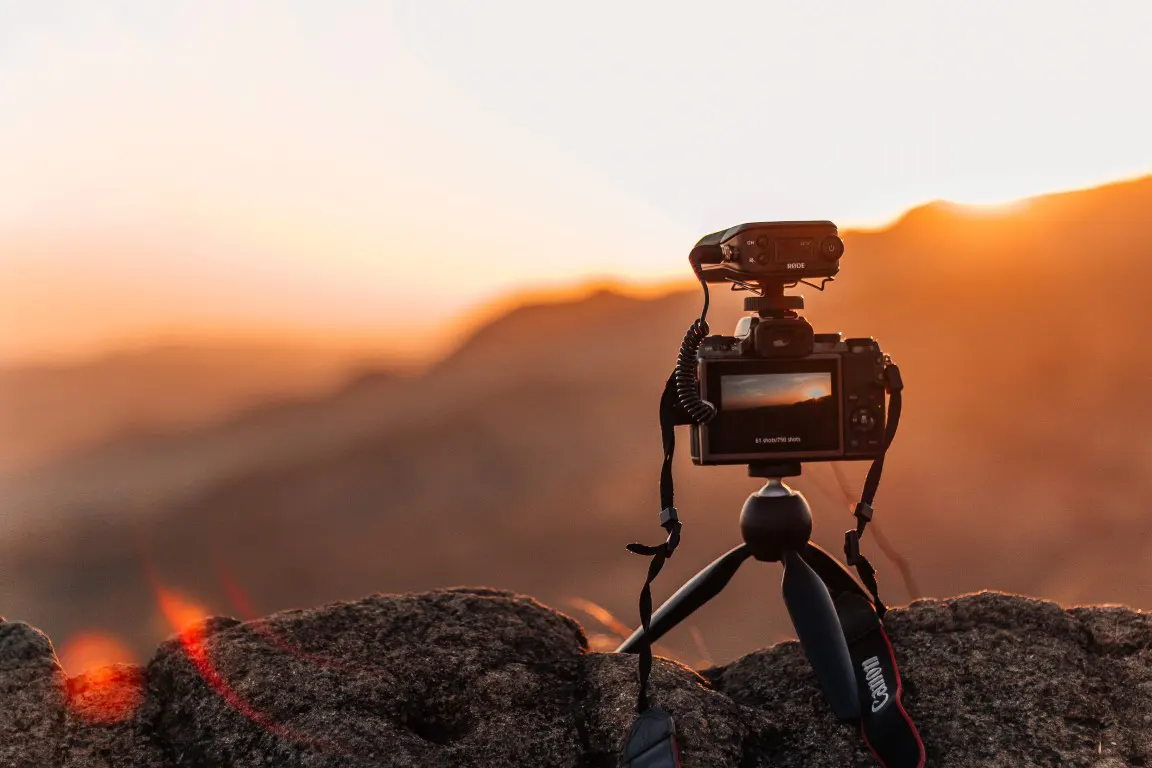
A sturdy yet lightweight tripod, like Manfrotto Befree or Gitzo Lightweight Traveler Series 1, ensures sharp images by providing stability for my camera during long exposure or low light conditions.
2. Camera Strap for Hiking
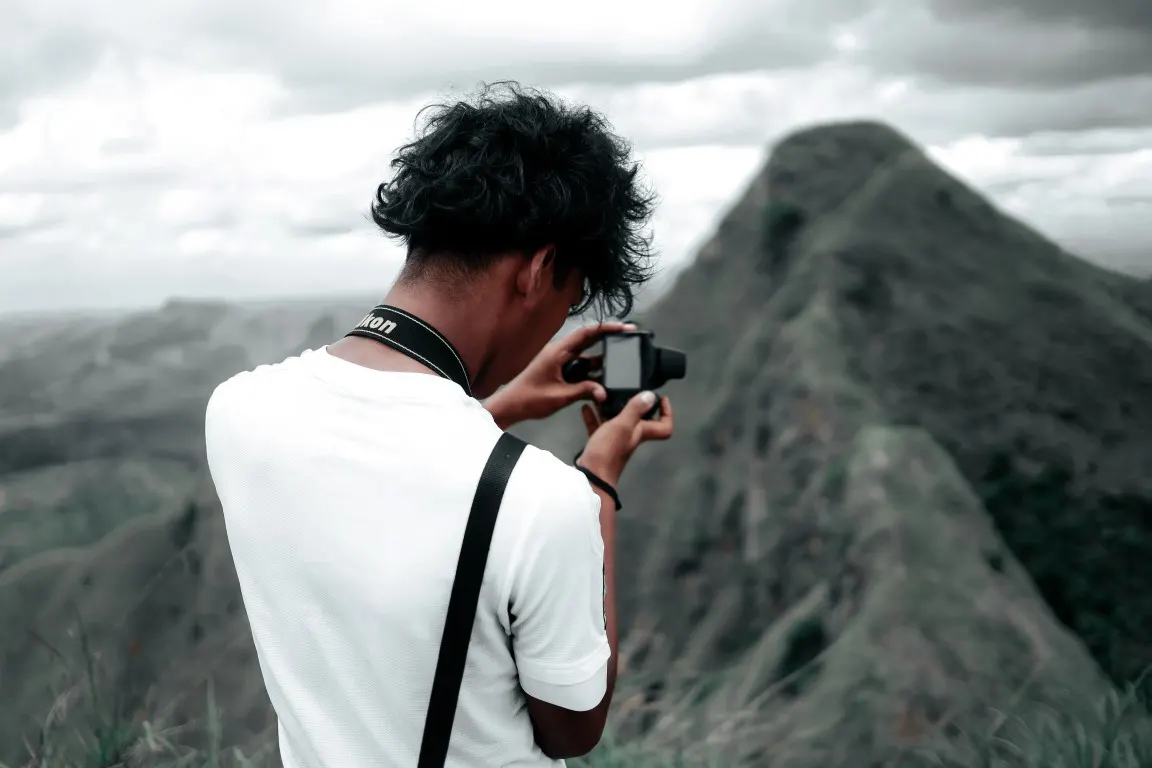
When trekking with a gimbal, I always consider a protective carrying case, lock all axes, and position it on top of my gear.
A comfortable, quick-release camera strap like the BlackRapid Sport Breathe or Peak Design Slide allows for ease of access and safe carrying of the camera in hiking.
So, how to carry a gimbal while hiking? Well, you can use a protective case for your gimbal. Lock its axes to prevent movement and securely place it atop your gear.
Besides, learn more about camera straps that are best for your hiking shoots from the article on the best camera straps for hiking and backpacking the complete guide.
3. Camera Mount for Backpacking or Hiking Shoot
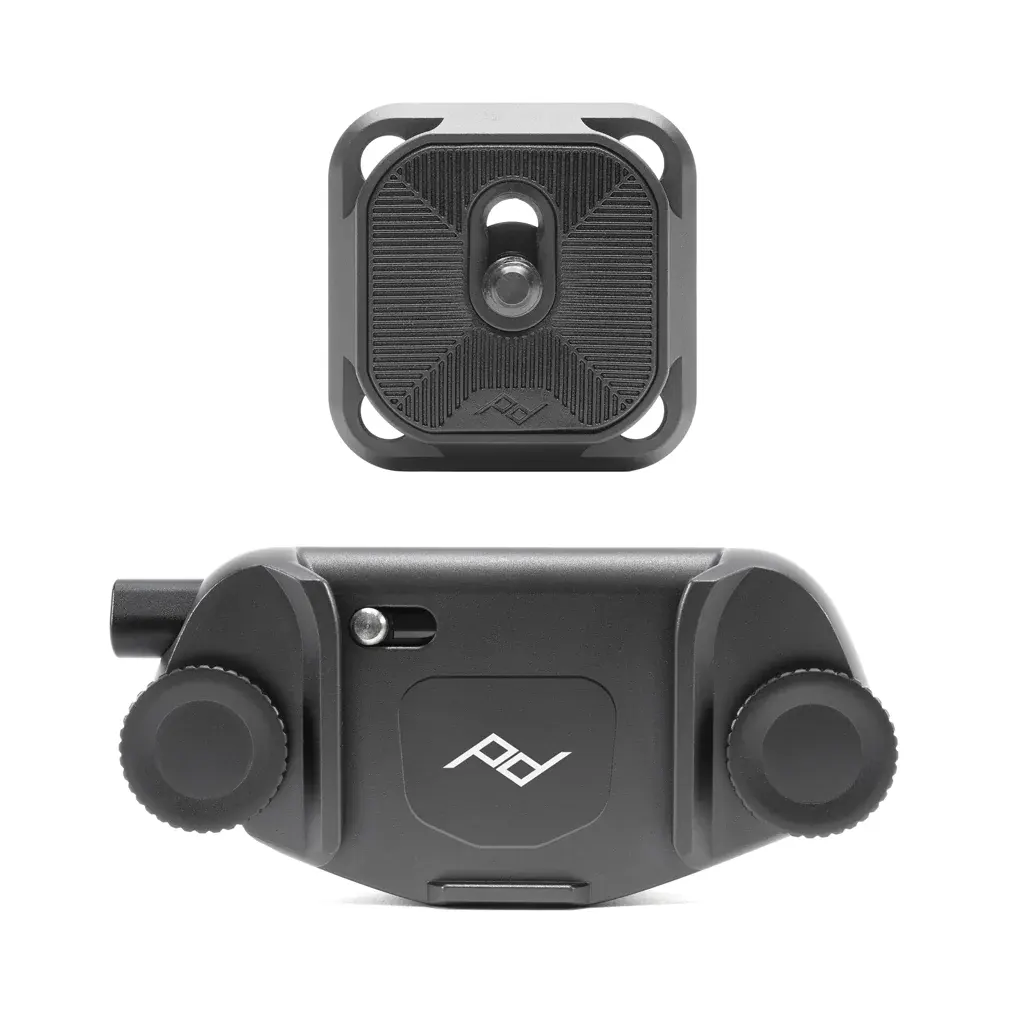
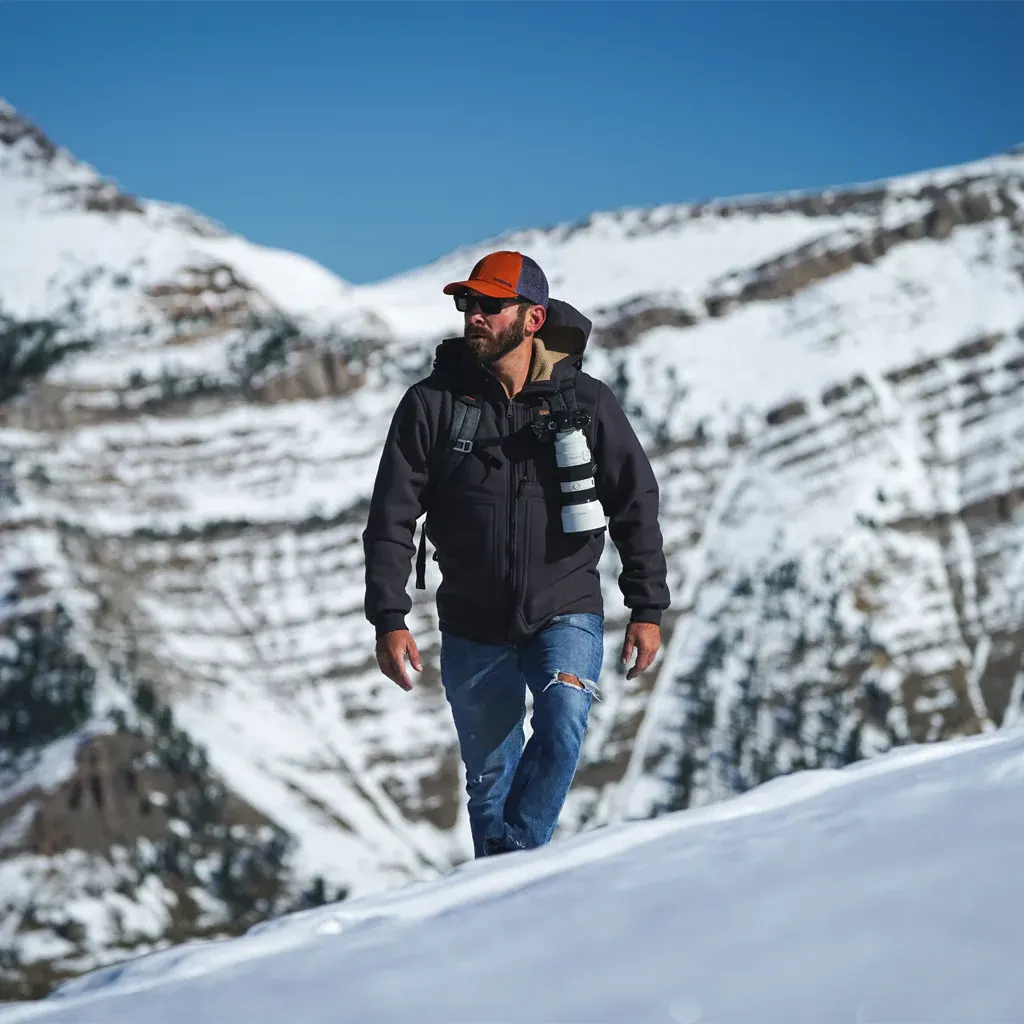
Source: peakdesign.com
Lastly, a secure backpacking camera mount such as Peak Design Capture Clip ensures quick, secure camera retrieval for those spontaneous shots.
However, choosing wisely can elevate your hiking photography experience.
Use Filters to Enhance Your Hiking Image Quality
In the realm of hiking photography, filters are invaluable. They not only protect my lens but also elevate my photos to new levels. Let me explain it to you.
1. UV filters vs. Polarizing Filters
UV filters can shield your lens from scratches and reduce atmospheric haze, while Polarizing filters help in minimizing reflections and intensifying colors, particularly in sky and water scenarios.
2. Neutral Density Filters
Neutral Density filters act like sunglasses for your camera, allowing for slower shutter speeds and wider apertures in bright conditions, ideal for capturing dreamy waterfalls or expansive vistas.
Besides, some studies indicate that the strategic use of these filters can significantly enhance image quality.
So, incorporating these filters into your hiking photography gear kit can lead to stunningly vibrant and crystal-clear images, even in challenging lighting conditions.
Camera Backpack for Hiking Adventure
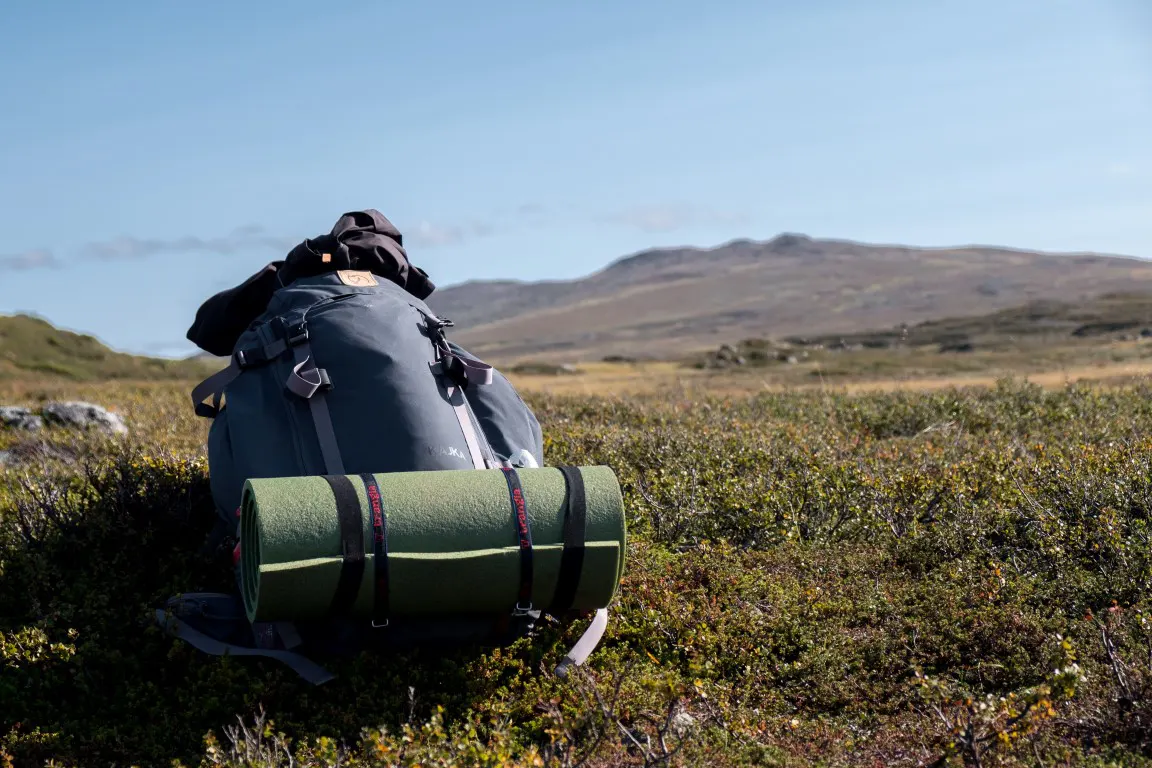
A specially designed camera backpack is a cornerstone of efficient hiking photography. It safeguards your gear, offering organized storage and easy access, enhancing efficiency on the trail.
Key features I follow when choosing a camera backpack for hiking-related photoshoots include:
- Customizable compartments and weather resistance
- Balance weight distribution and prioritize accessibility
- Implementing modular storage solutions for smaller items
Additionally, the article on the best camera backpacks for adventure photographers will provide the ultimate guide on the best-suited backpack based on your requirements.
A thoughtfully chosen backpack significantly enriches your hiking photography adventure while protecting your gear.
Augmenting Your Hiking Photography Preparedness
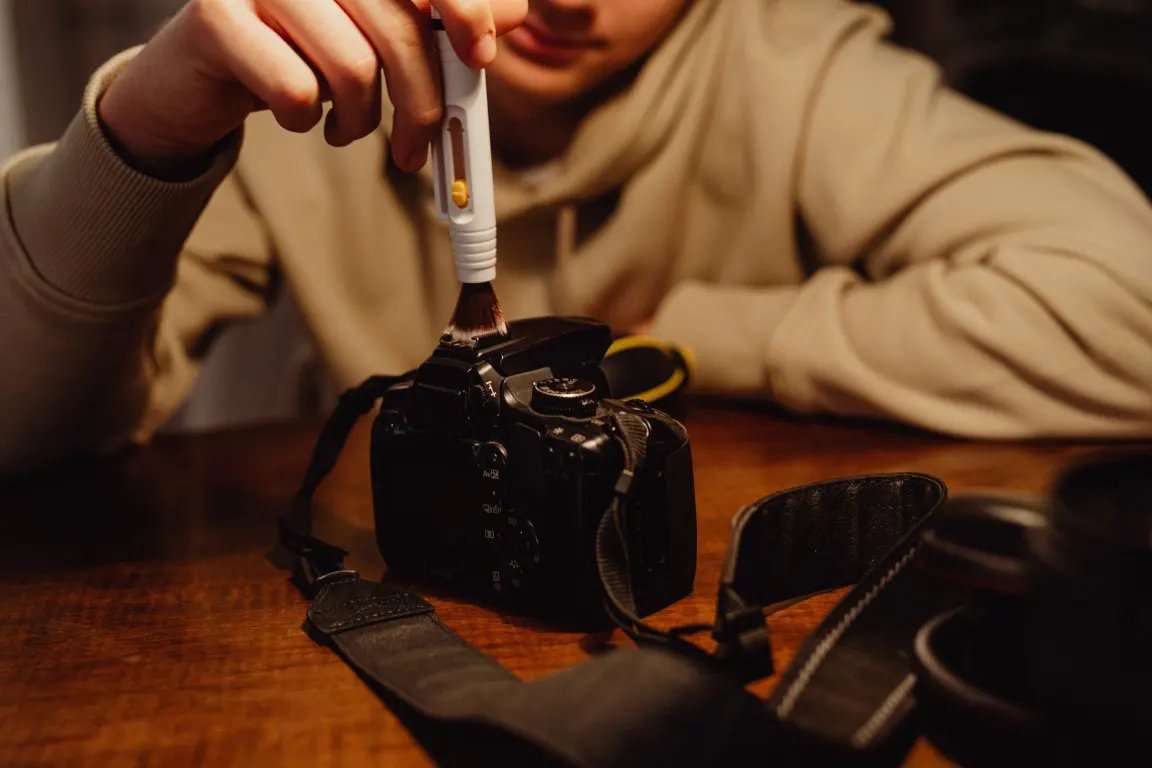
Paying attention to additional tools can make all the difference in a hiking shoot. Let me share with you the most important tools that have helped me continue my hiking shoots.
- Cleaning kits maintain lens and sensor clarity, while spare batteries ensure uninterrupted shooting.
- Extra memory cards safeguard against running out of storage.
- Other hiking gear essentials might include a waterproof cover, lens pen, or a multi-tool kit.
These often overlooked, but vital accessories enhance your readiness for the unexpected, ensuring your hiking photography excursion is a successful and enjoyable venture.
Conclusion
In conclusion, preparing for a hiking photography adventure requires a thoughtful selection of the right gear. Armed with the right gear, you’re ready to explore, create, and share the beauty of the natural world.
From selecting the best camera and lenses to investing in sturdy tripods, essential filters, and practical camera backpacks, every piece of equipment contributes to your story.
Always remember, as technology evolves, the landscape of hiking photography also evolves, presenting new opportunities to enhance your work. For more than 33 inspirations, you can refer to the article on hiking photoshoot ideas.
Besides, equip yourself with a careful selection of tools, adapt to advances, and always be ready to capture the unexpected.
Let your passion for hiking photography guide you to new horizons, and enjoy the journey as much as the outcome. Now you’re all set!
Justin Parker is a professional photographer and has been in the industry since 2007. He attended the University of Georgia. Justin combines his passion for photography and his interest in writing to give life to this blog which talks about photography in order to help and inspire young photographers.

